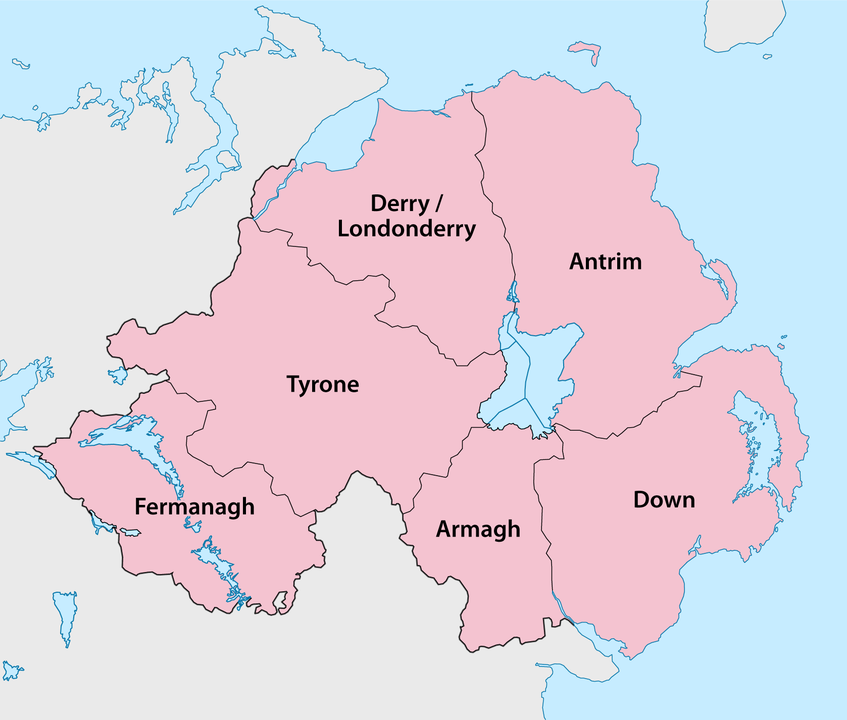The impression created by the majority of the media is that the local elections in the North show dramatic change. But change from what?
In the 2022 Assembly elections (where turnout was 62%), Sinn Féin got 30% of the seats with just over 29% of the first preference ) votes. In last week’s local elections (where the turnout was 54%), Sinn Féin got 31% of the seats with 30.9% of the votes.
In the 2022 Assembly elections, the DUP got 27.8% of the seats with 23% of the vote; this time they got 26% of the seats with 23.5% of the first preference vote.
Compared with 2022, the local elections saw no seismic shift.
But within those figures, there are some clear changes. If you want to compare the 2023 local election results with the 2019 local election results, the DUP got 28% of the local seats in in 2019 with 24% of the first preference votes; Sinn Fein only got 22% of the seats in 2019 with nearly 23% of the vote.
With a significant increase in its share of the local election vote compared with 2019 and a much better campaign, Sinn Féin increased its seats share from 22% to 31% and its vote share from 23% to 30%. The DUP’s vote and seat share remained more or less static even though the Traditional Unionist Voice vote fell by half 7.63% to 3.9% and even though the UUP vote fell from 16% to 11%.
The Alliance party fared better in 2023 than in 2019, increasing its vote from 11.5% to 13.3%, but increasing its seat share from 11.5% to 14.5% (a gain of 14 seats). Strangely, its share of the votes remained static compared with its 2022 Assembly election share. It did better on transfers
For the Ulster Unionists, a very small decline of 0.3% in the 2022 Assembly vote share (but a 5% drop on its 2019 local elections vote) led to a 5% loss in seat share (a loss of 21 council seats); the SDLP lost 20 seats by losing 3.5% on its 2019 local government vote share but only a marginal drop in its poor showing in the 2022 Assembly election.
Given that local election votes do not affect the choice of a First Minister, the excuse that SDLP voters wanted to boost Sinn Féin as they did in the 2022 Assembly elections holds no water. Maybe some people (about 10%) abstain from voting in local elections who could affect the outcome in Assembly elections but that seems improbable.
In short, the local elections largely mirror the 2022 Assembly elections result with Sinn Féin and Alliance faring better in seat share at the expense of the SDLP, the UUP and smaller parties and independents, and DUP getting no benefit from the decline in the TUV vote. Politics in the North continue on their polarising path with bigger parties benefiting at the expense of smaller parties other than Alliance.
We now know that Catholics outnumber Protestants in four out of the “Six Counties” and in Belfast itself. The demographic balance is changing. No tradition is in the ascendancy anymore.
Broadly speaking, nationalist parties got 39.6%, unionist parties got 38.1%, and Alliance received over 13% of the vote. Opinion polls still suggest that a border poll for unity would be opposed by 60%-plus of current northern voters, even assuming that a coherent model of unity had been articulated for their consideration. That margin could be higher if they had to choose between Sinn Féin’s plan for a 32-county unitary socialist state and the status quo.
The DUP has marched, Garvaghy Road-style, into the political cul-de-sac of abstention at Stormont and irrelevant isolation at Westminster from which it will be difficult to re-emerge with any dignity or credibility. How can they justify restoring power-sharing at Stormont without some political fig leaf? And who can provide that fig leaf?
The Tory party is facing its own post-Brexit electoral problems in Britain, and even sympathy of its increasingly marginalised hard right faction with DUP intransigence will evaporate if the party has to portray a softer and less nasty profile to an increasingly disillusioned electorate.
There is no alternative to resumption of cross-community devolved administration in the North. A united Ireland is not a short-term possibility. Unionists and loyalists have nothing to lose and everything to gain from making the North succeed economically. Self-imposed economic failure and identitarian politics are no alternative to taking advantage of the North’s unique access to the EU and British single markets.
Did you notice that the Sinn Féin celebrations featured no Tricolours this time. No “Up the Ra” either. Its suits, shirts, and ties in Leinster House these days too.
All so carefully managed and spun.

